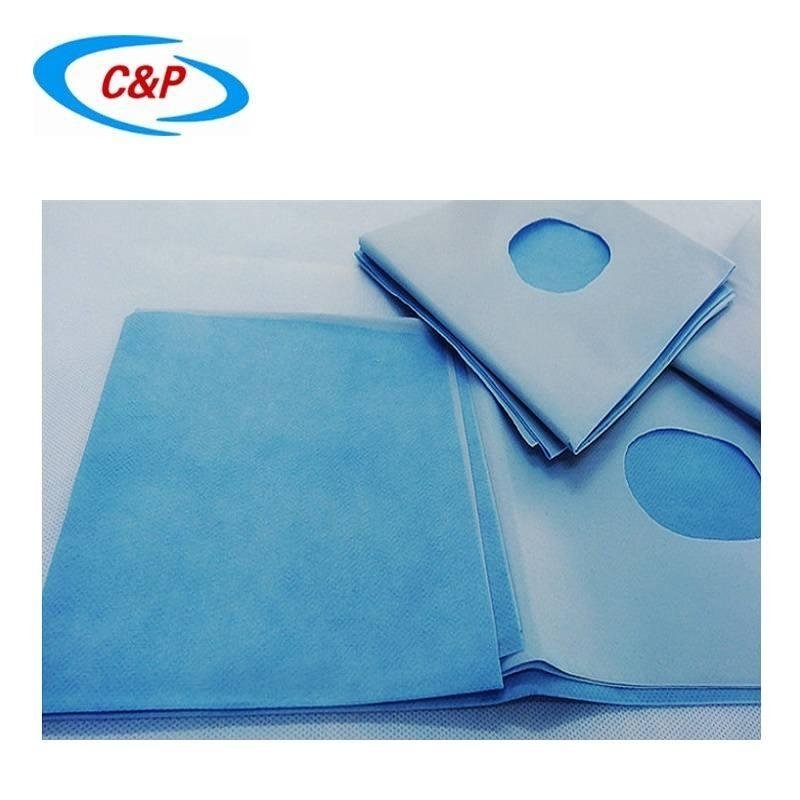The role of the fenestrated drape in surgery is as follows:
1. The surgical fenestrated drape has high barrier properties: after the operation site is prepared, the medical non-woven surgical hole towel is used on the patient's skin. This kind of film is attached to the skin, which surgeons cut the skin and then covers it to form a mechanical or microbial barrier to prevent microbes from migrating from the skin to the surgical site.
2. Fenestrated drapes have diversion properties: Fenestrated drapes can make the body fluids or liquids during the operation flow to the liquid collection bag along the set direction, and will not remain in the surgical site and affect the operation. It will not stick to the patient's body or the surgical hole towel and cause pollution or infection. Moreover, the liquid produced during the operation will not splash on the body of the medical staff. Therefore, it can effectively prevent the cross-infection of patients and protect the safety of medical staff. The operation proceeded smoothly and efficiently.
3. The fenestrated drape has good air permeability: it has good "breathing" performance, which can ensure that the medical staff are in a good and comfortable state during long-term and large amount of liquid surgery.
4. Positioning: The hole can fully reveal the surgical field of vision, which is good for intraoperative positioning.
The use of sterile surgical hole towels during the operation can prevent contact with the surface of the operating table and effectively block the leakage of various patients’ body fluids to protect medical staff, maintain the sterility of the environmental surface, equipment and the surrounding environment of the patient, and reduce the risk of pathogen transmission.

